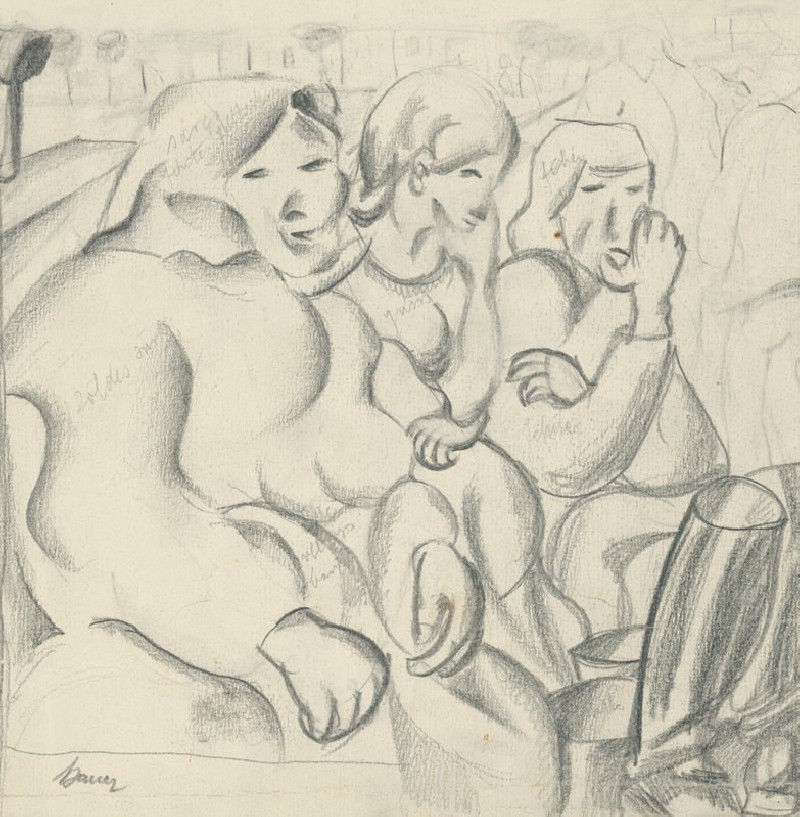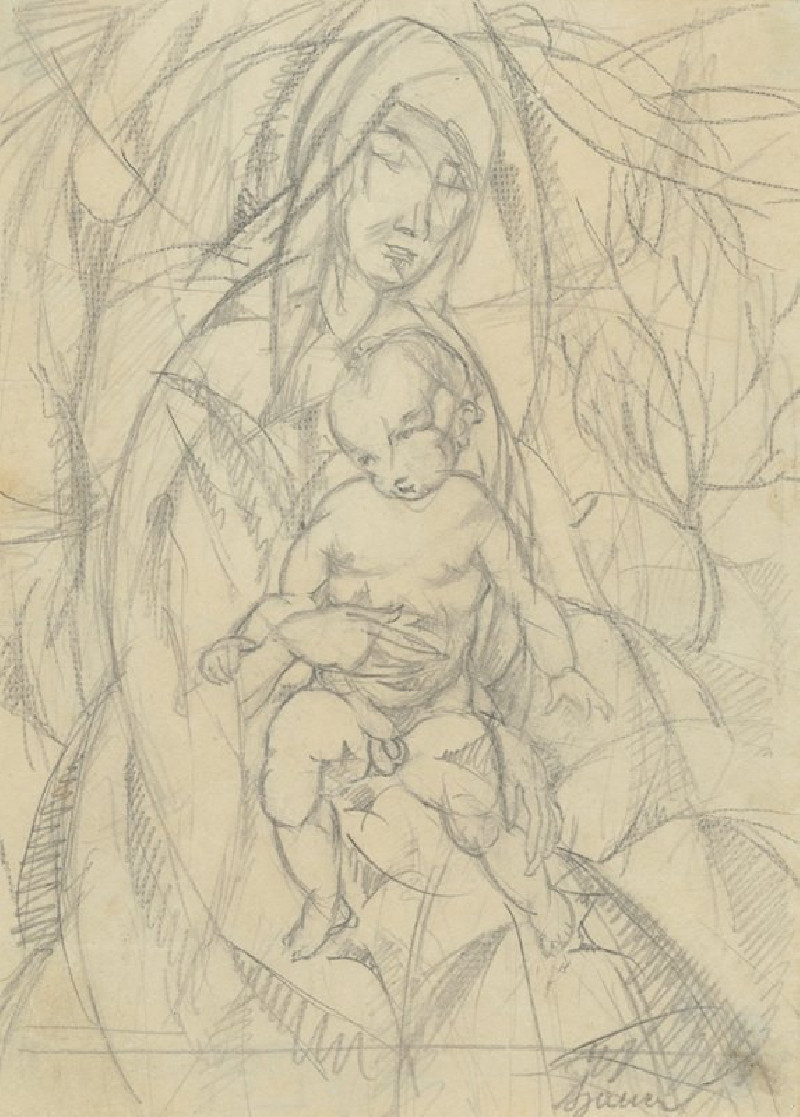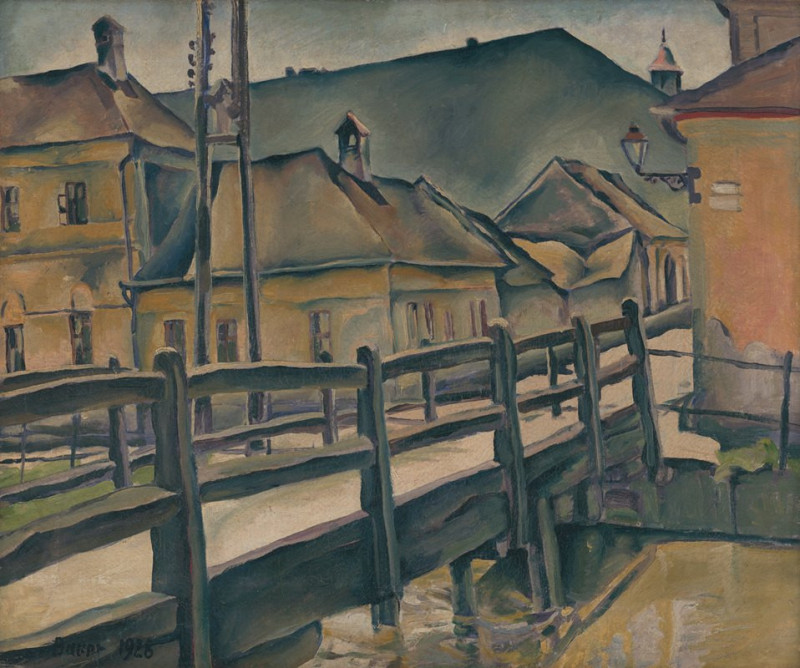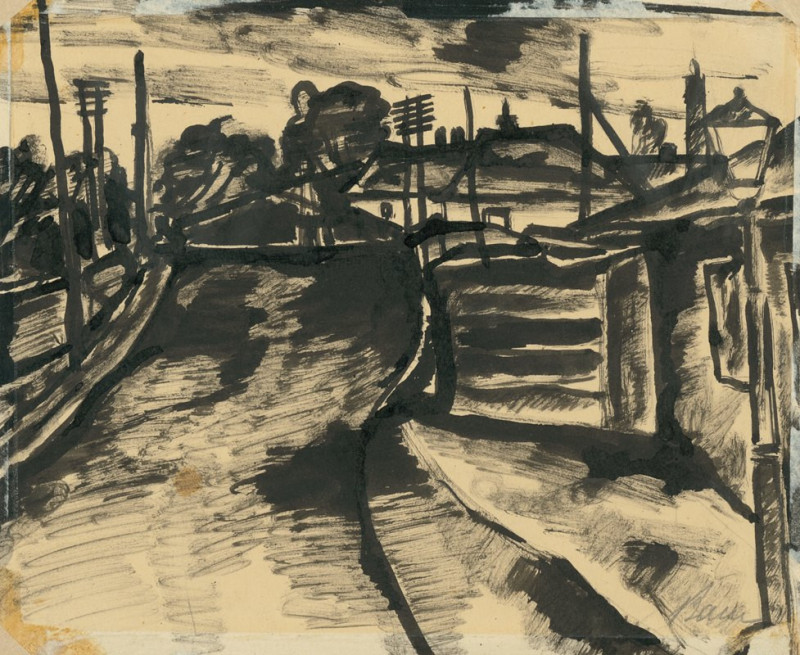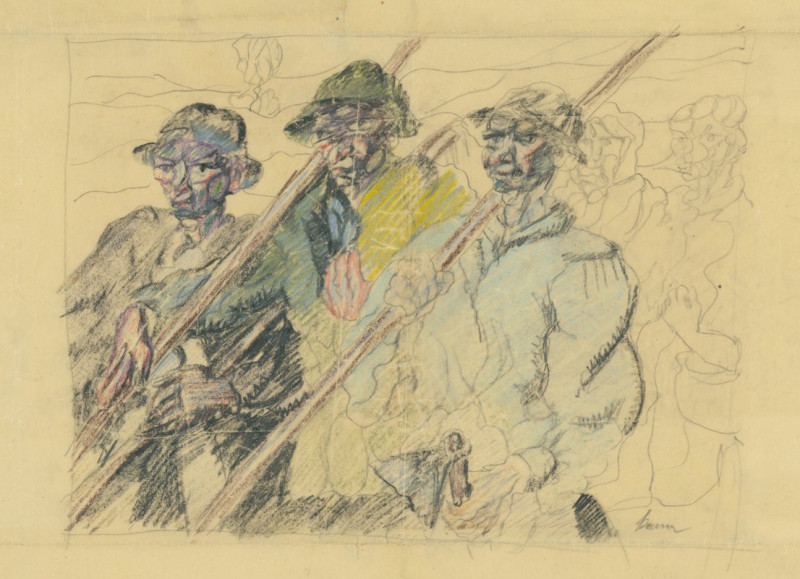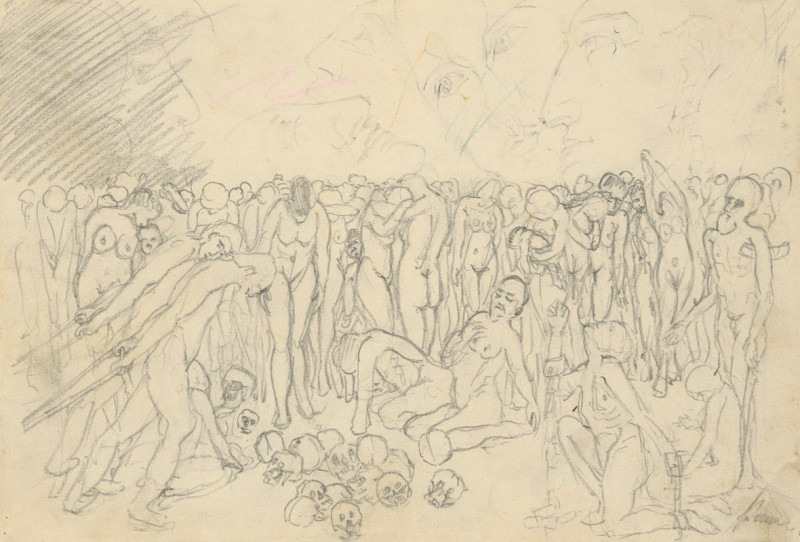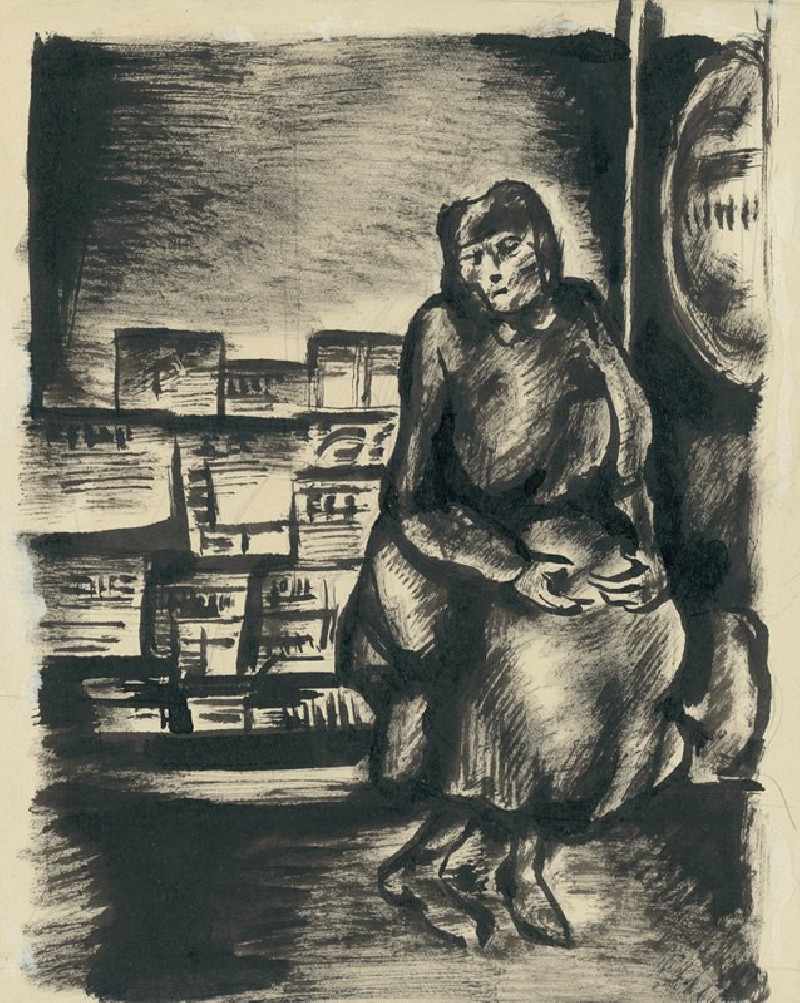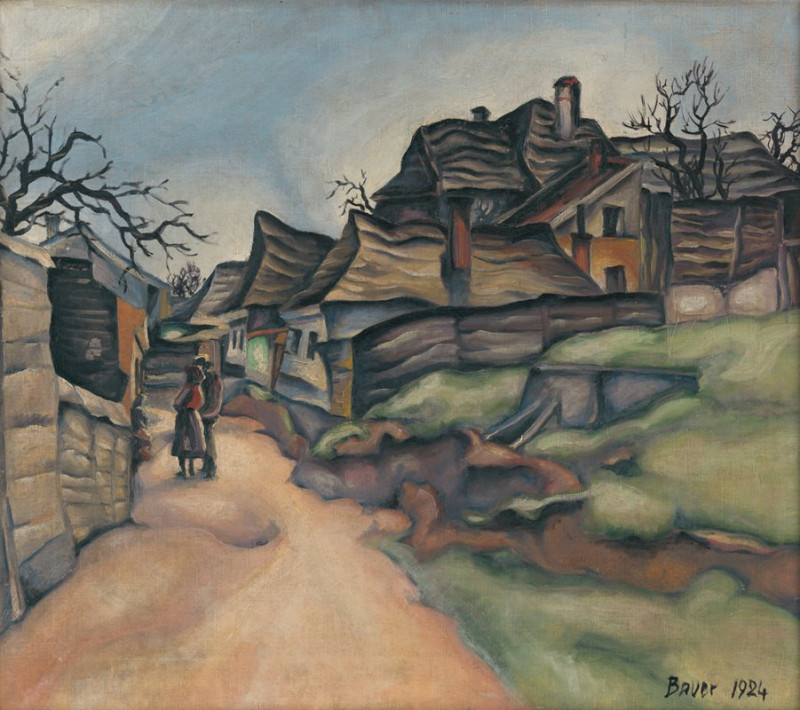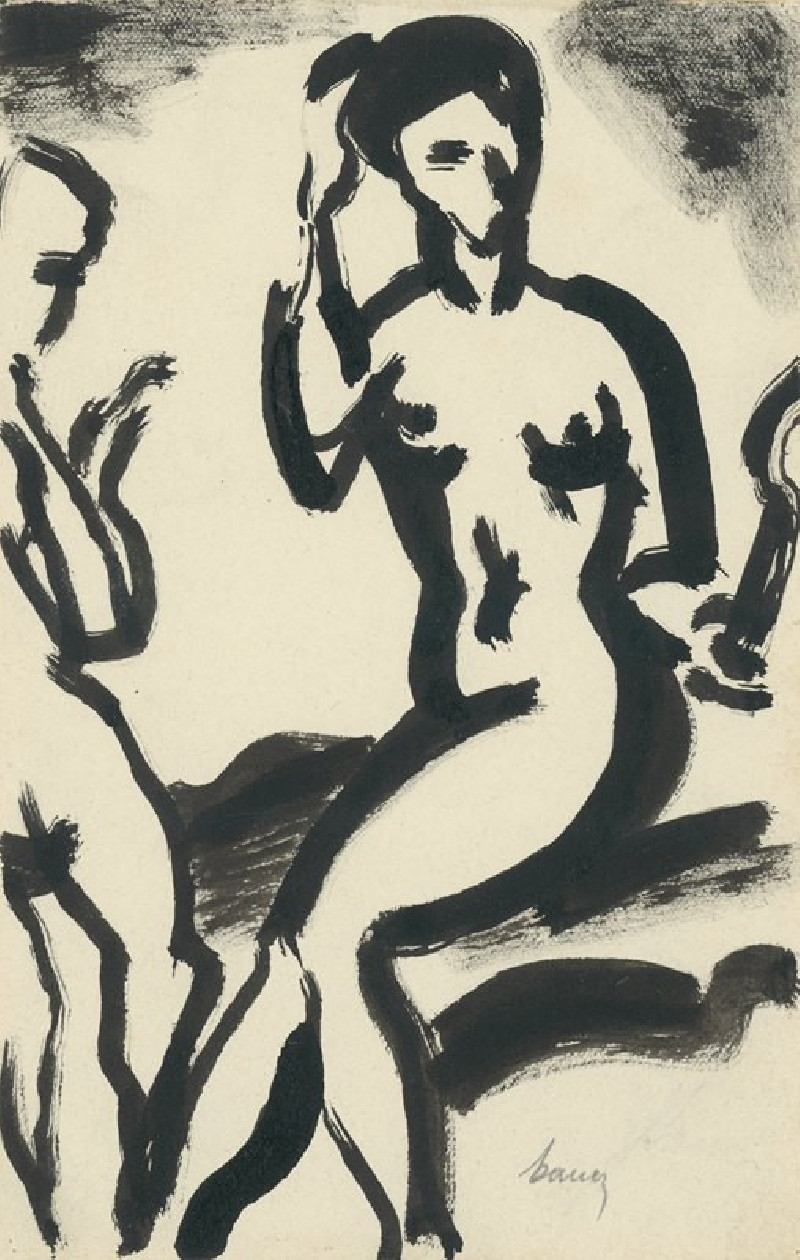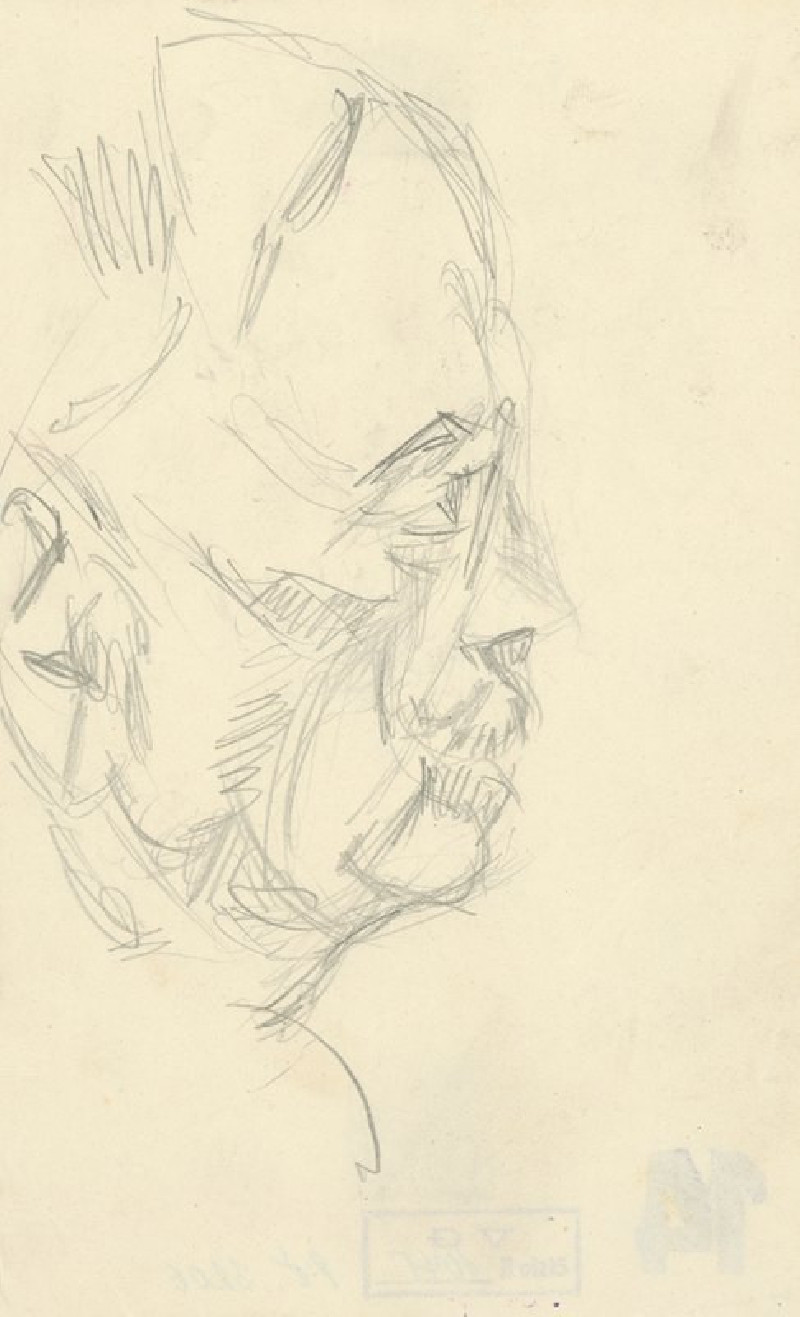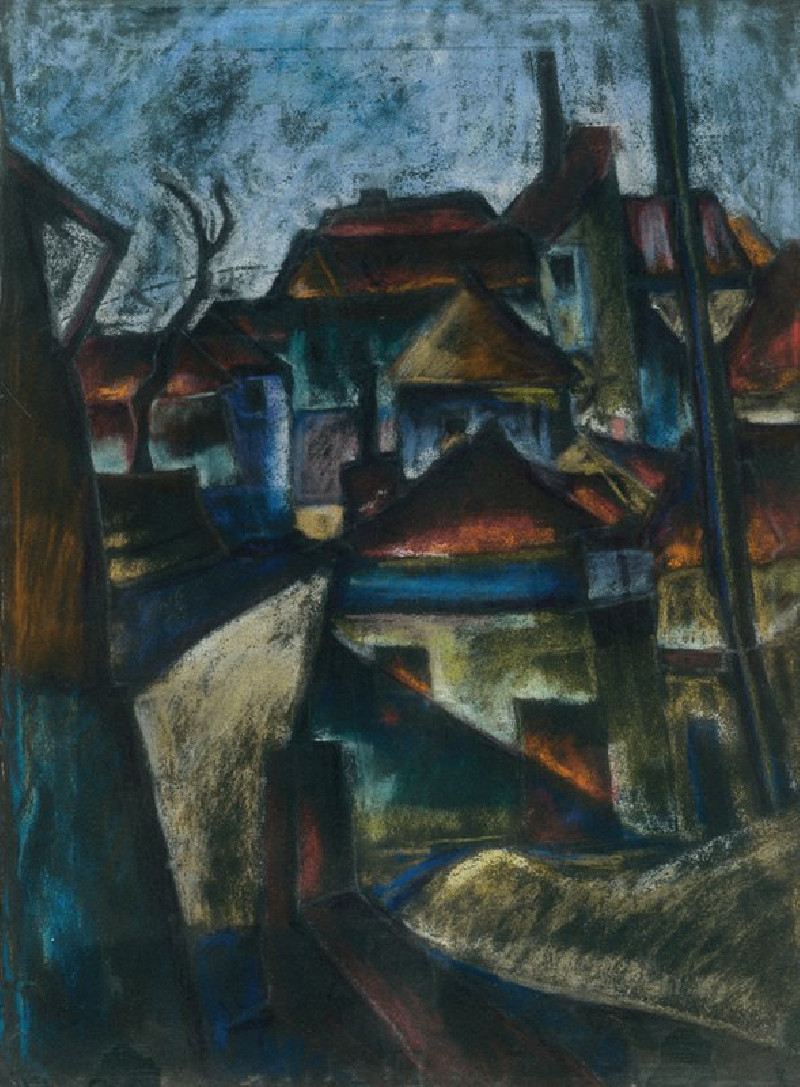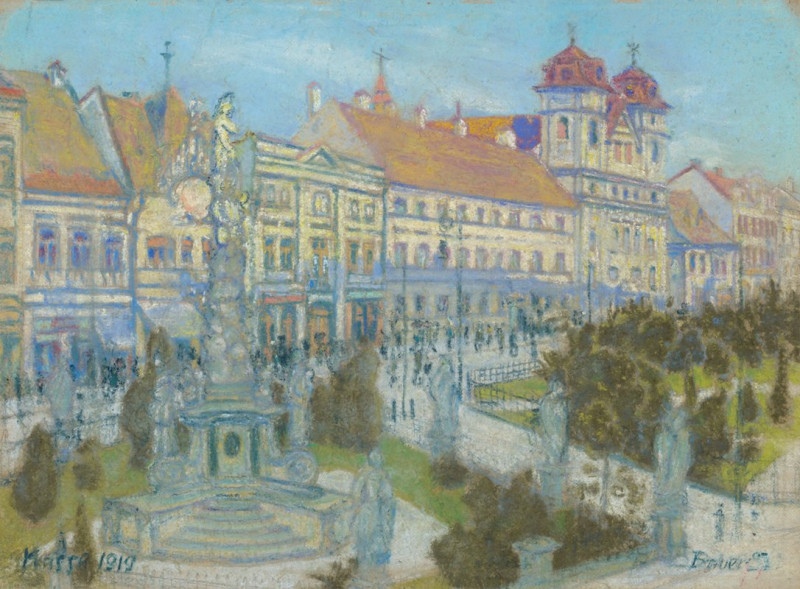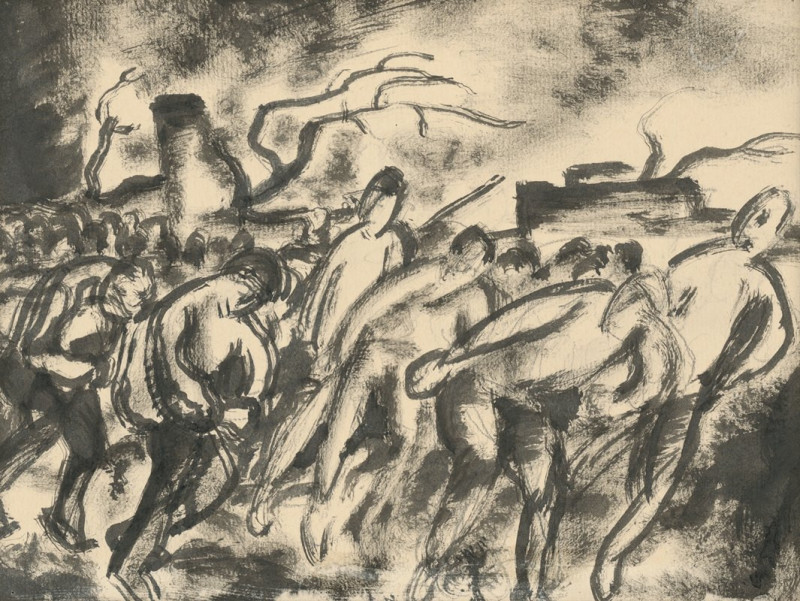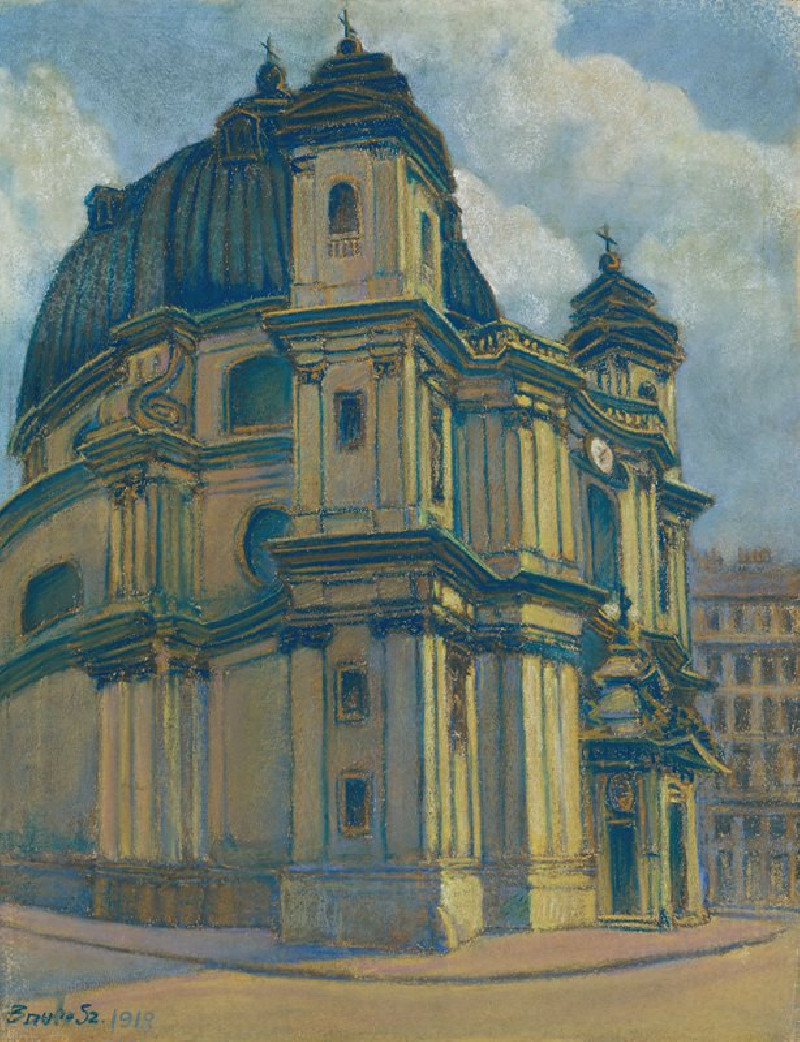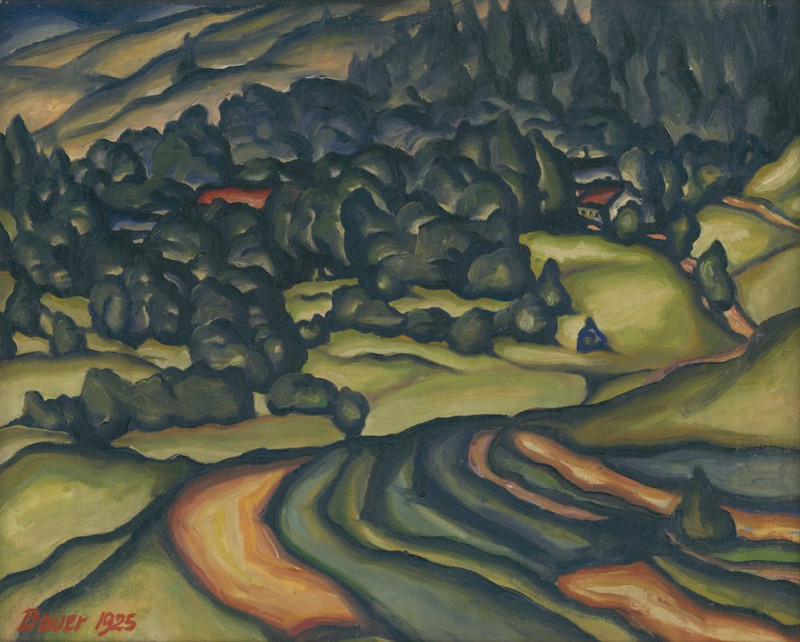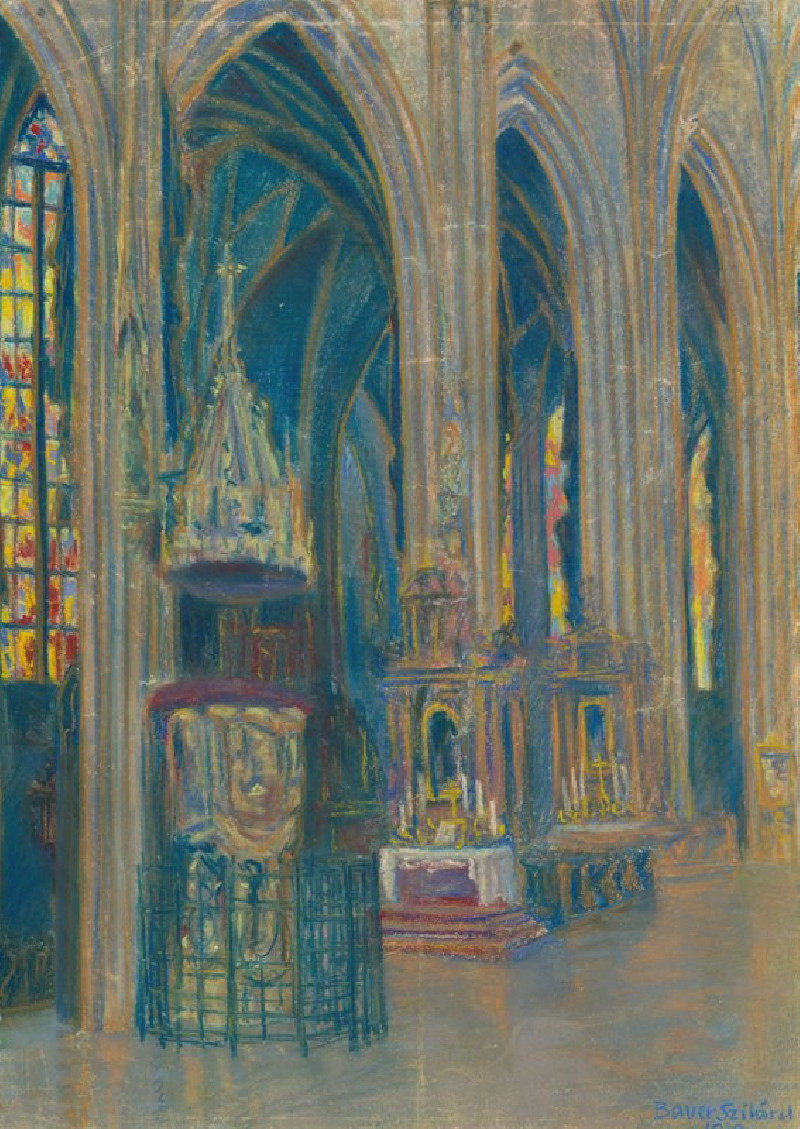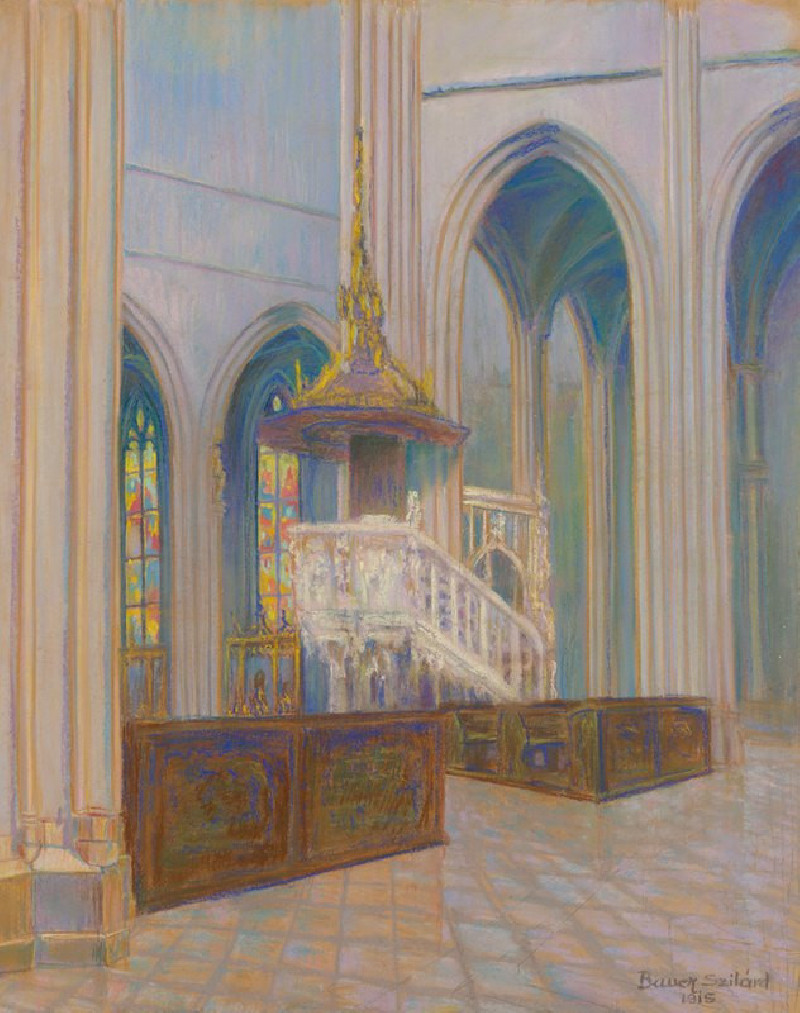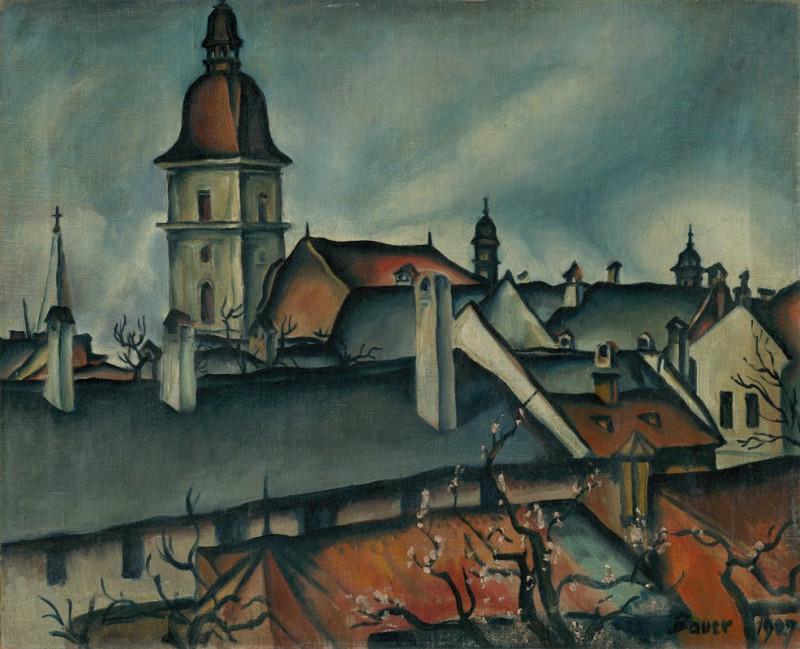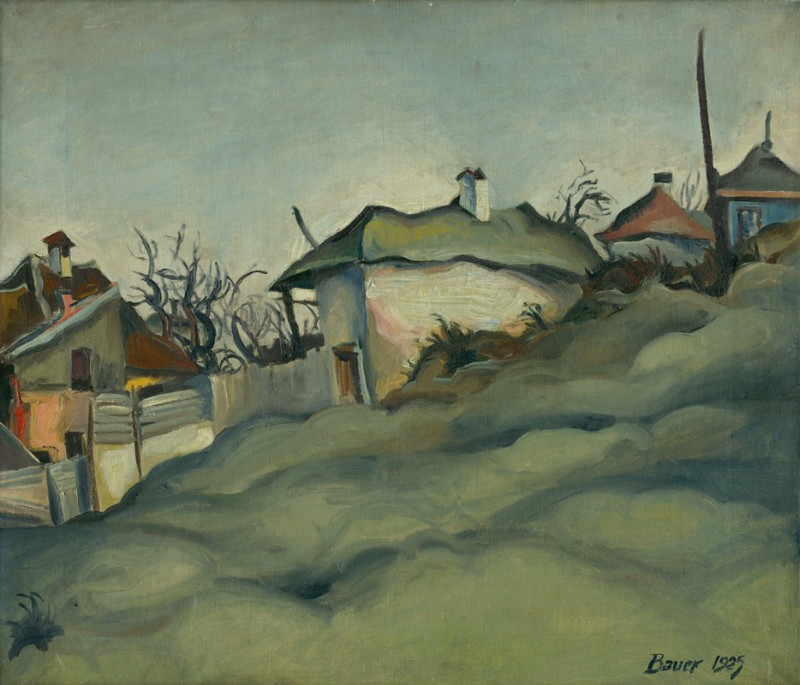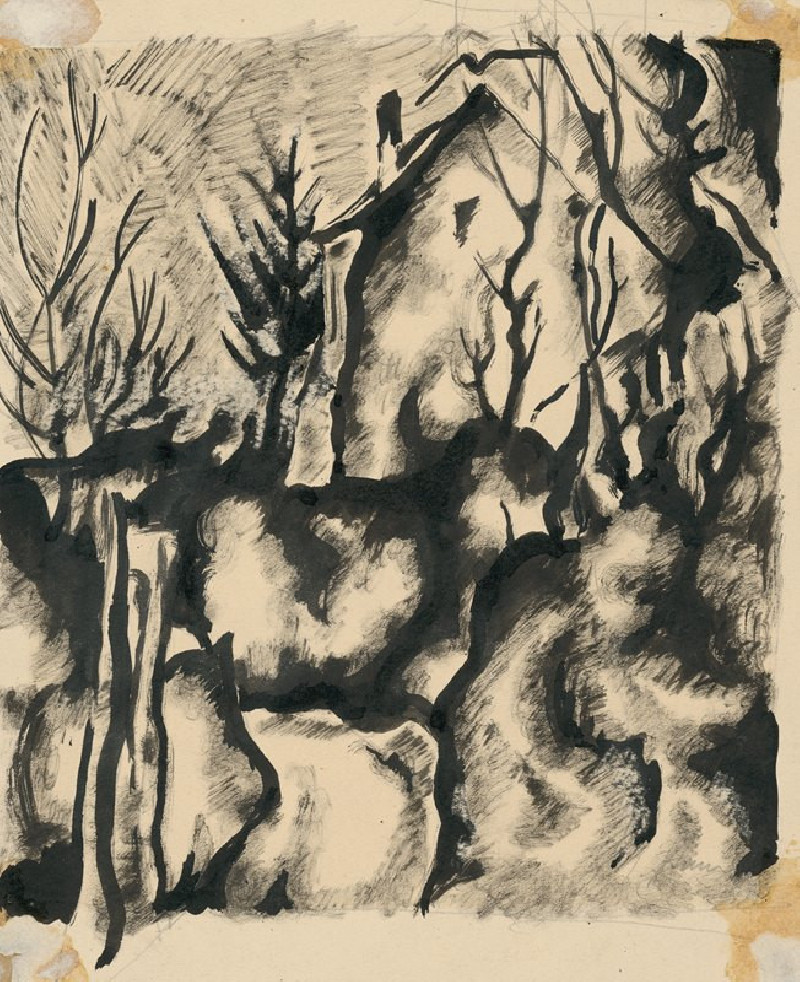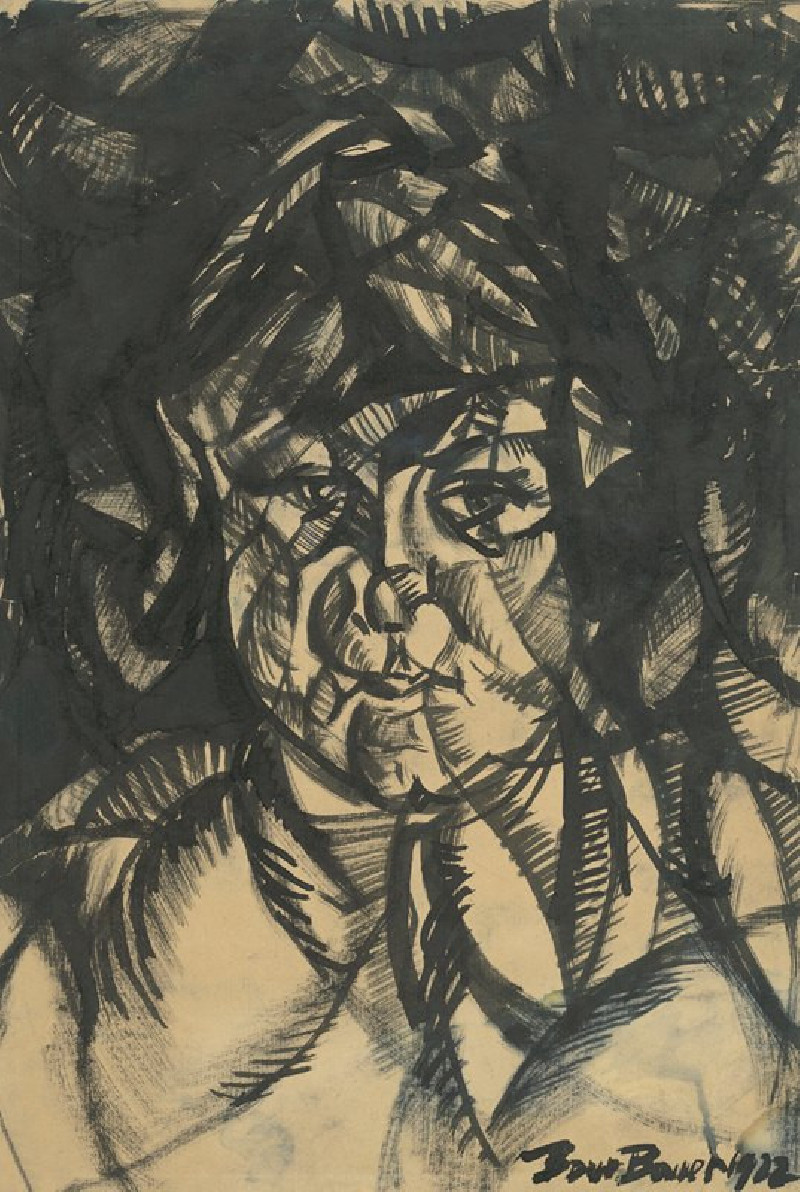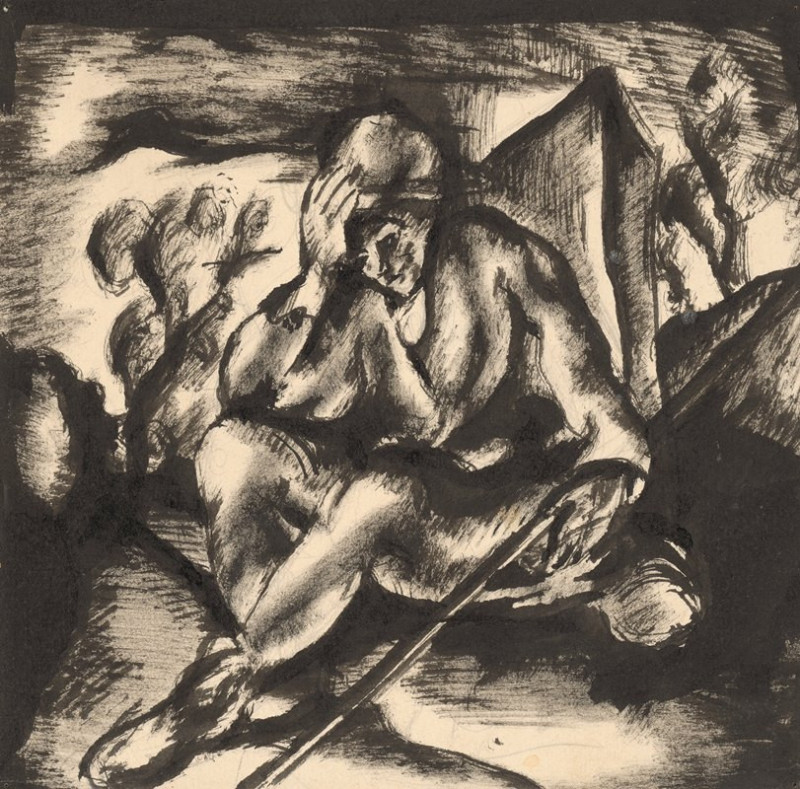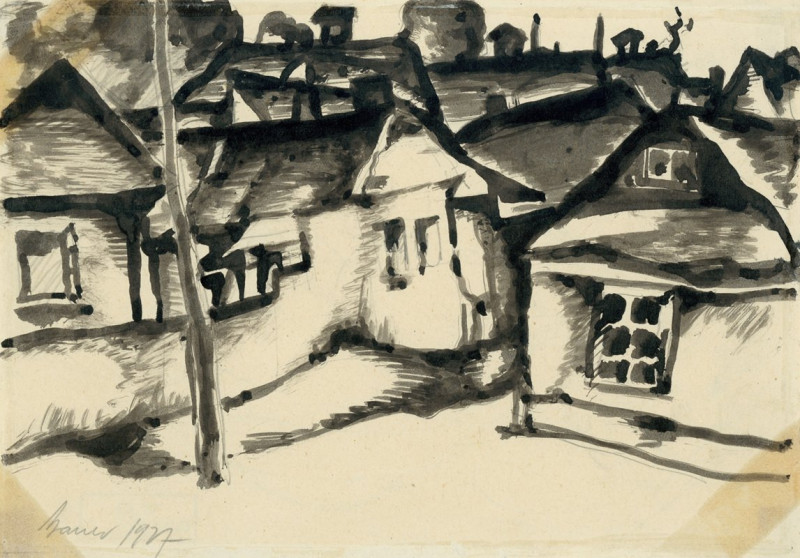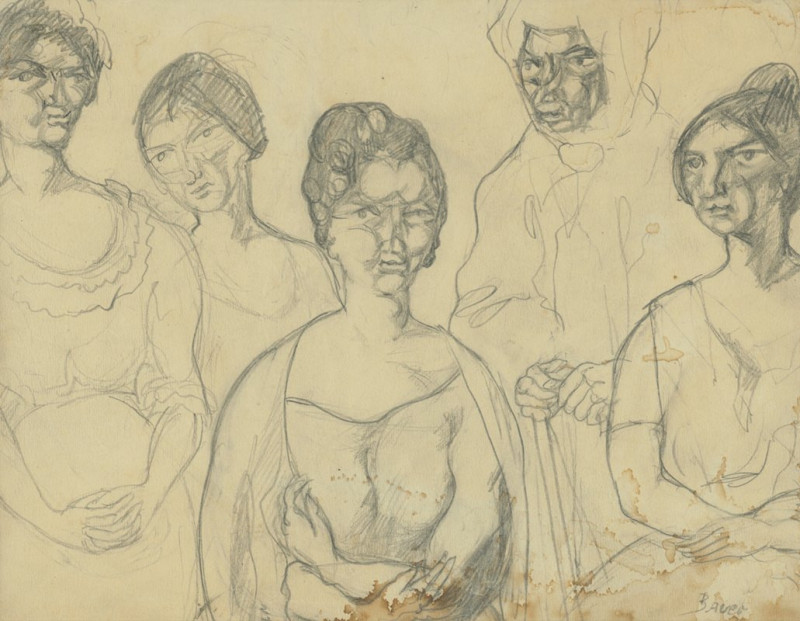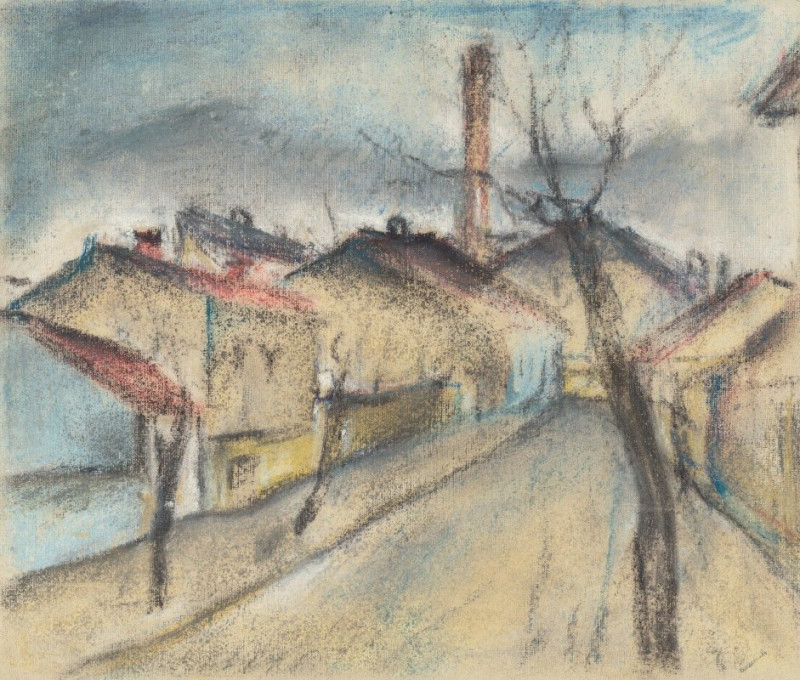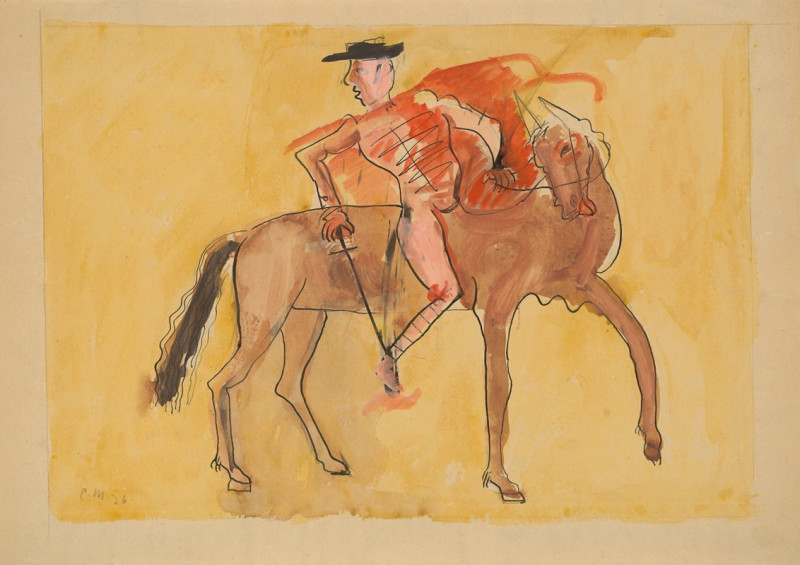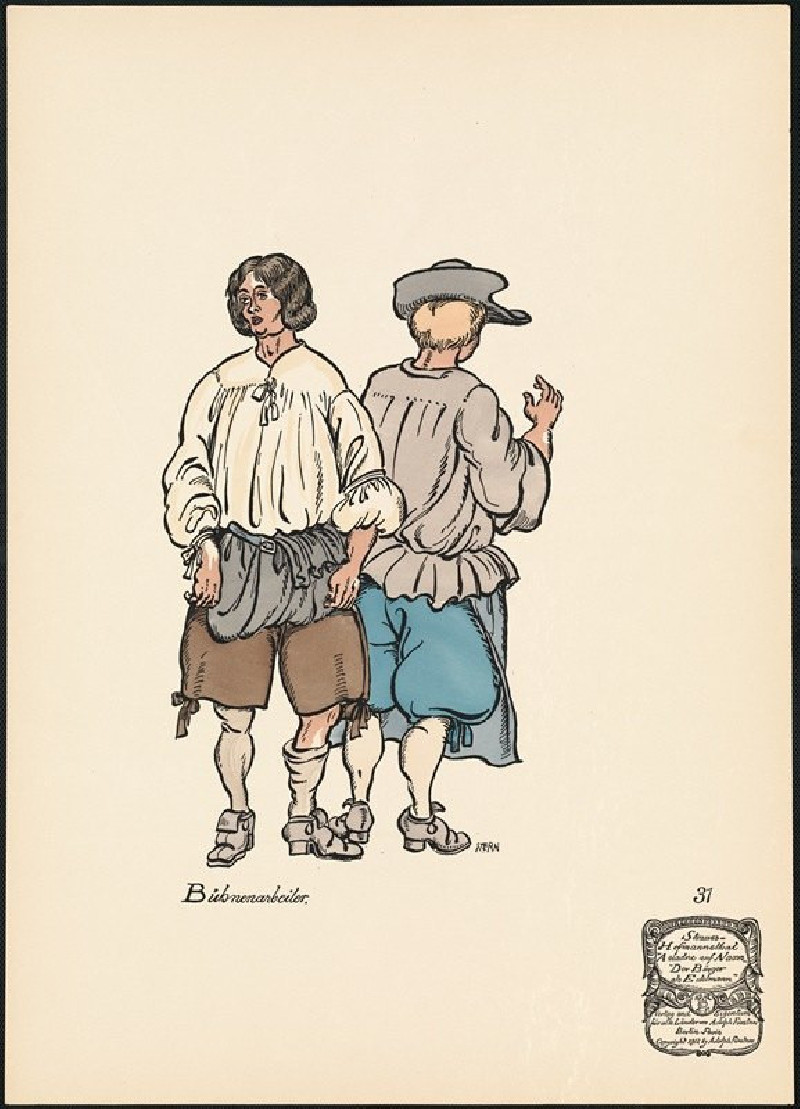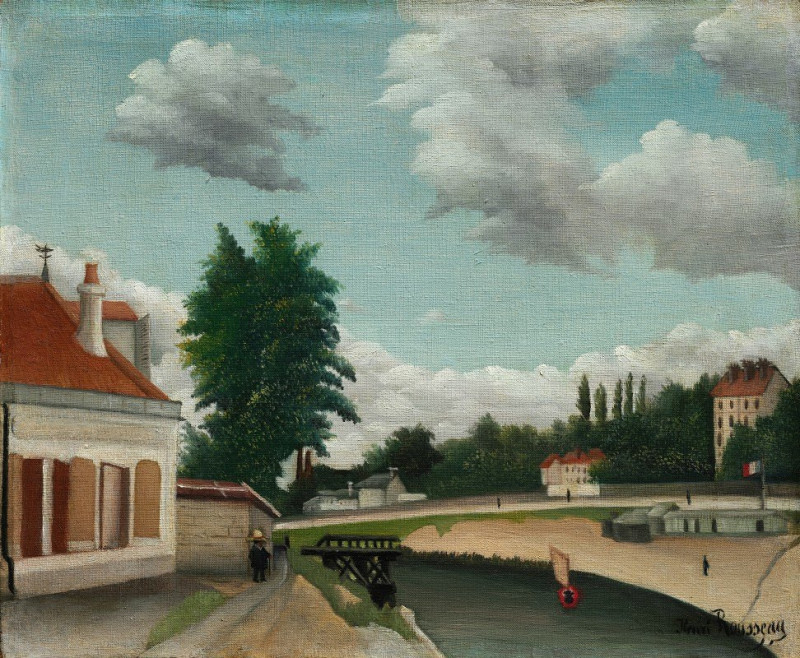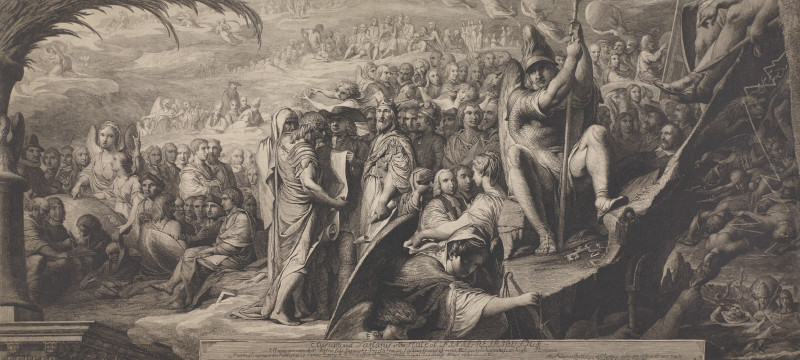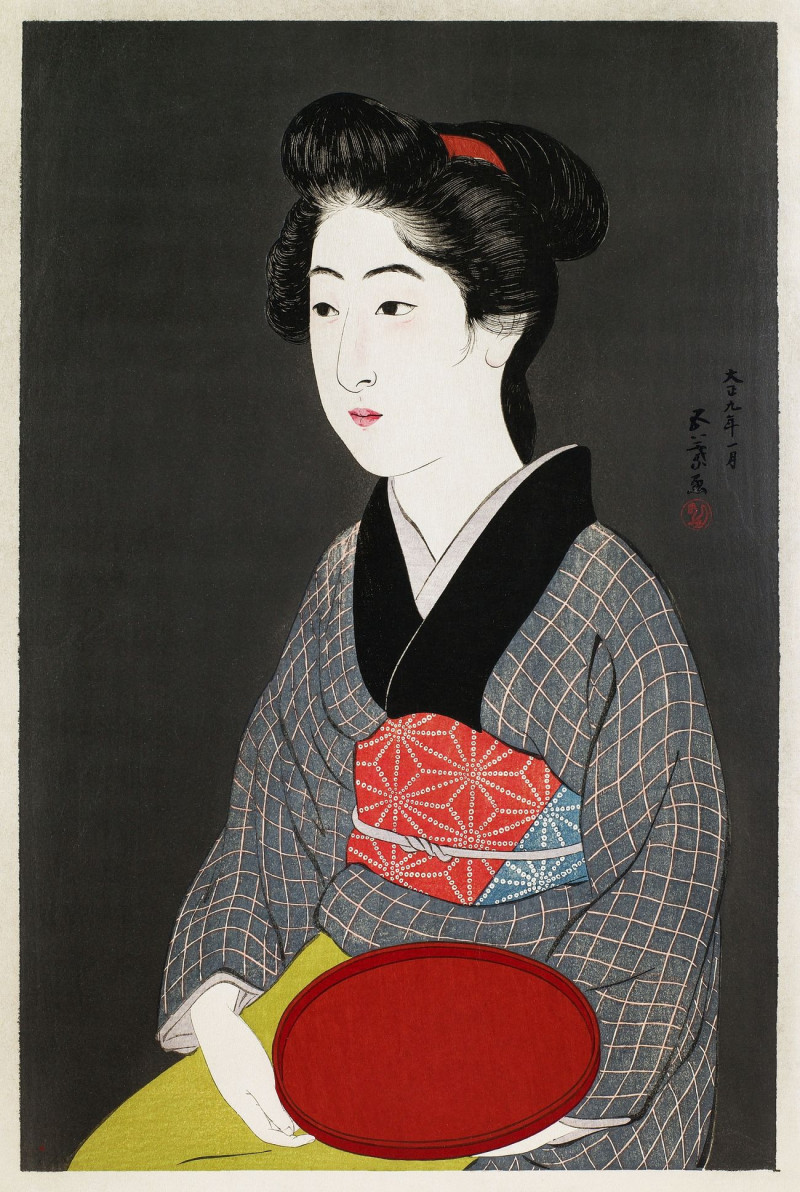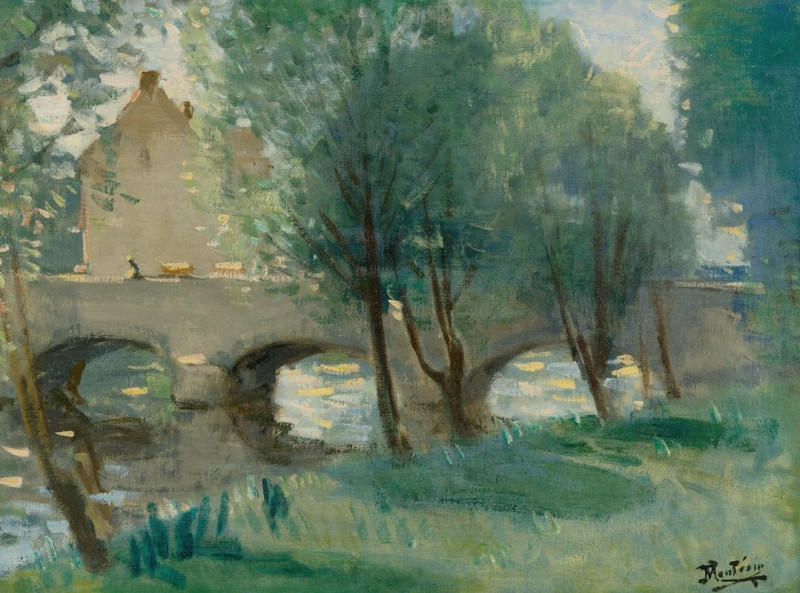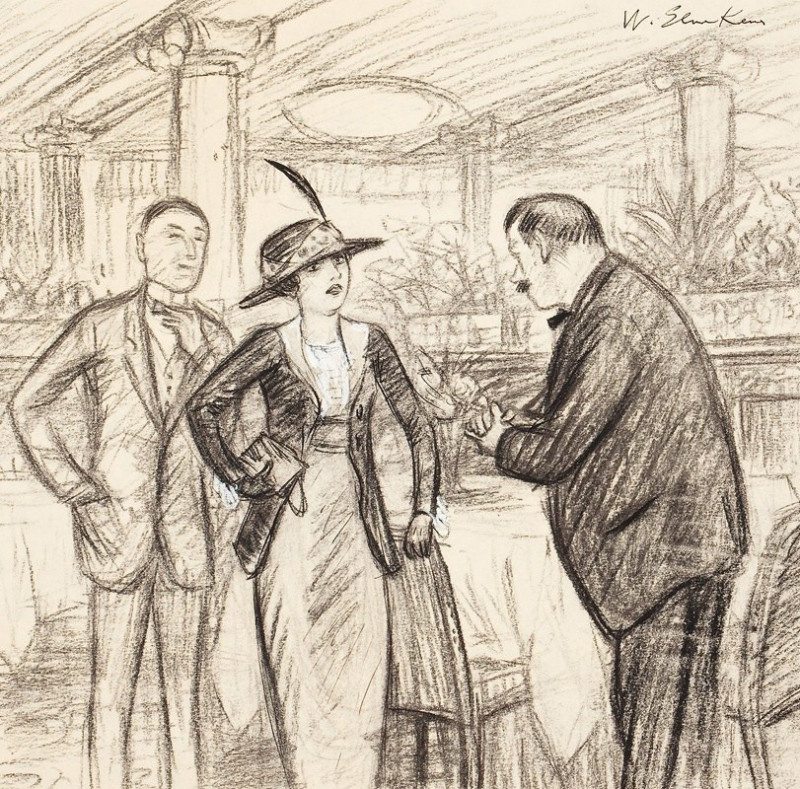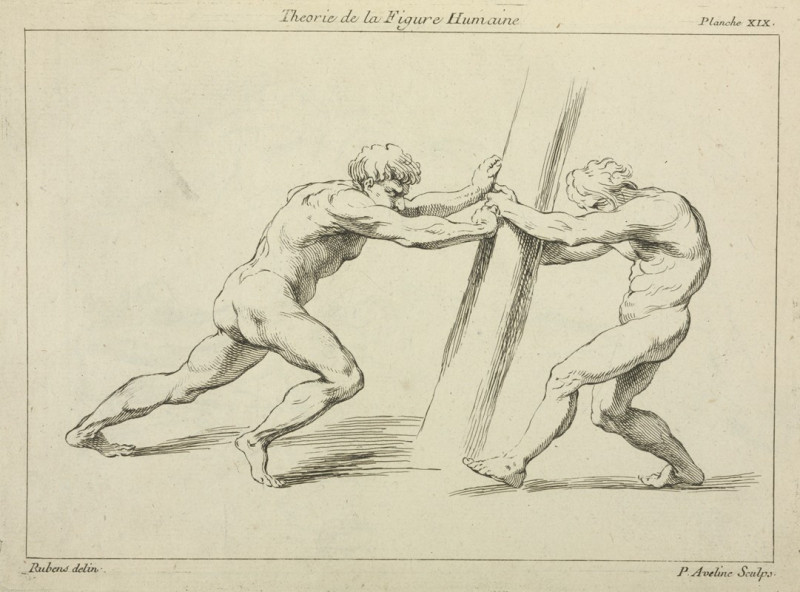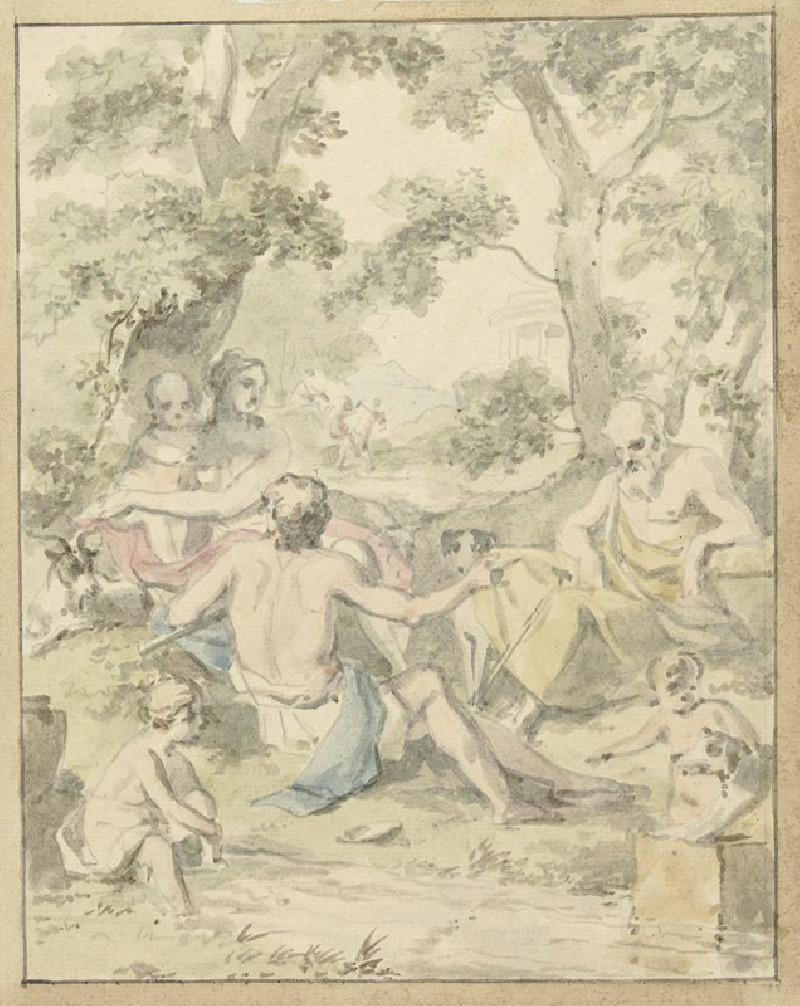Štúdia troch žien (1924–1928)
Technique: Giclée quality print
Recommended by our customers
More about this artwork
Dive into the tender, sketch-like rendering of "Štúdia troch žien" (Study of Three Women), created by the renowned artist Konštantín Bauer between 1924 and 1928. This remarkable artwork invites viewers into a moment frozen in time, depicting three women in a scene brimming with camaraderie and thoughtful contemplation.The composition of the drawing is intimate and delicate, crafted with finesse in soft pencil shades. Bauer’s mastery in capturing the subtleties of human expression and interaction is evident. Each figure, rendered with rounded, gentle strokes, exhibits distinct emotional undertones. On the left, a woman leans towards her companion, whispering a secret or sharing a light-hearted jest, evidenced by the slight smile touching her lips. The central figure, her attention perhaps caught by the whispered words, turns with a look of engaged curiosity. Meanwhile, on the right, another woman, with her hand thoughtfully placed against her face, seems lost in a deeper, introspective moment.The background remains softly defined, encouraging a focus on the figures themselves. It features hints of an urban setting, possibly a park or a public square, where these quiet personal dramas unfold amidst the hum of everyday life."Štúdia troch žien" not only showcases Bauer's technical skill but also his profound understanding of human psychology and social interaction. This piece offers a glimpse into the everyday lives of women in the early 20th century, providing a window into the historical and cultural context of the period.
Delivery
Returns
Konštantín Bauer was a Slovak painter.
Konštantín Bauer was born on November 24, 1893 in Slovenská Ľupča. He spent his childhood in Banská Bystrica. At the age of fifteen, he moved with his parents to Košice, where he graduated from high school. After graduating in mechanical engineering in Budapest in 1915, he worked briefly as an engineer in Novo Mesto pod Šiatrom. From 1916 to 1918 he worked as a railway engineer in Transylvania and then as a civilian employee at the Ministry of War in Vienna.

